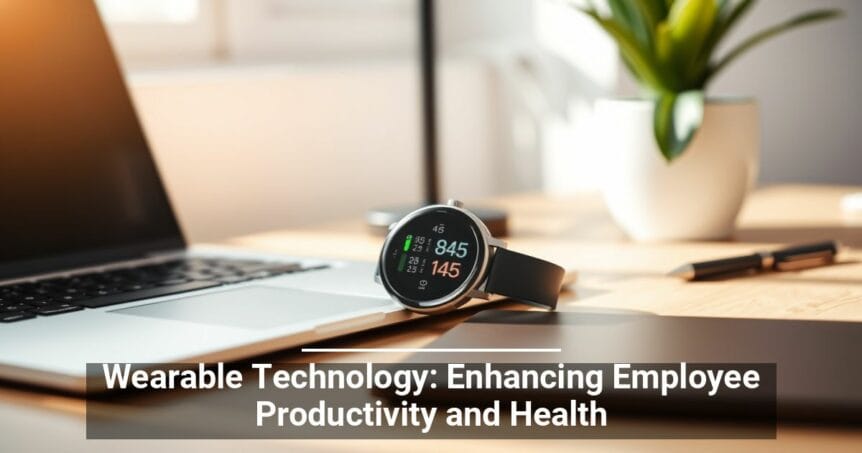Wearable technology has evolved far beyond mere step counting and sleep tracking. Devices like smartwatches and specialized wearables now offer a myriad of real-time data and insights that can significantly enhance workplace health, safety, and productivity. By leveraging these technologies, companies can create safer, more efficient, and healthier work environments.
Health and Safety Benefits of Wearable Devices
Smartwatches and fitness trackers have brought a new dimension to personal health monitoring, and their applications in the workplace are profound. These devices can track key health metrics such as heart rate, oxygen levels, and physical activity. Moreover, they can monitor environmental conditions like temperature and noise levels. Real-time alerts for stress, temperature fluctuations, or excessive noise can prompt immediate interventions, thus mitigating the risk of workplace injuries and fostering a healthier environment.
In addition to general health monitoring, specialized wearables are being increasingly used to enhance workplace ergonomics. These devices track employees’ movements and postures, collecting data to identify patterns that could lead to injuries. By analyzing this data, employers can make informed decisions regarding workflow adjustments, ergonomic training, and support mechanisms, thereby boosting employee well-being and minimizing injury risks.
Enhancing Employee Wellness Programs
Measuring the effectiveness of employee wellness programs has always been a challenge. Wearable technology offers a solution by providing anonymized, aggregated data that allows wellness program administrators to track participation and progress. This data can reveal the correlations between wellness initiatives and improvements in employee productivity, satisfaction, and cost savings, thus offering a clear picture of program success.
Productivity Improvements through Wearables
Wearable technology not only enhances health and safety but also contributes to productivity by reducing downtime. By alerting employees to potential health issues before they become serious, these devices help maintain a healthier workforce that can consistently perform at optimal levels.
Streamlining Tasks and Data Collection
The utility of wearable devices goes beyond health monitoring. For instance, some retail chains use wristbands to track inventory handling, eliminating the need for manual tracking and saving considerable time. These wearables automatically collect data, allowing for more efficient task management and better resource allocation.
Optimizing Workflows and Procedures
Wearables provide invaluable insights that can inform workplace policies and procedures. By analyzing data from these devices, companies can identify inefficiencies and implement changes to help employees work smarter, not harder. This optimization reduces unnecessary tasks and wasted time, enabling teams to concentrate on high-value activities and fostering faster, more robust business growth.
In summary, wearable technology holds immense promise for transforming workplaces by enhancing employee wellness, preventing injuries, and boosting productivity. By adopting these advanced tools, businesses can create a safer, more efficient, and more engaging work environment for their employees.





